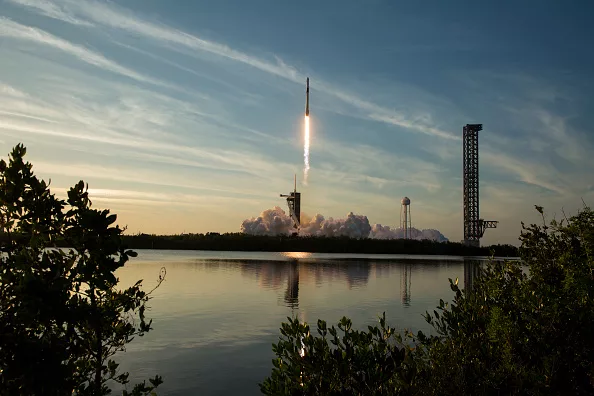Blue Origin successfully launched its massive New Glenn rocket on Friday, sending two NASA spacecraft on a journey to Mars. The rocket lifted off from Cape Canaveral, Florida, after a four-day delay caused by bad weather and strong solar storms.
This was only the second flight of New Glenn, which is named after astronaut John Glenn. The launch went smoothly, and the rocket placed the twin Mars orbiters into space. These spacecraft will study Mars’ upper atmosphere and magnetic fields to better understand how the planet lost its once-warm climate.
A major highlight of the launch was the safe return of New Glenn’s booster, which landed upright on a barge in the ocean. This step is important because it means the booster can be reused, helping to reduce the cost of future space missions.
Escapade will spend about a year orbiting near Earth before heading to Mars in 2026. The spacecraft are expected to arrive at the red planet in 2027. They will work together to observe how solar winds affect Mars and what this tells scientists about the planet’s history and how to protect astronauts from space radiation.
This Mars mission cost less than $80 million and is run by the University of California, Berkeley. NASA chose to launch on New Glenn to save money, even though it meant waiting for the rocket to be ready.
Blue Origin, founded by Amazon’s Jeff Bezos, is also working with NASA on future moon missions. While SpaceX is leading the first two landings, Blue Origin is preparing for the third under NASA’s Artemis programme.
NASA hopes to land astronauts on the moon again by the end of the decade, aiming to return before China gets there. The last time astronauts walked on the moon was over 50 years ago during the Apollo missions.













